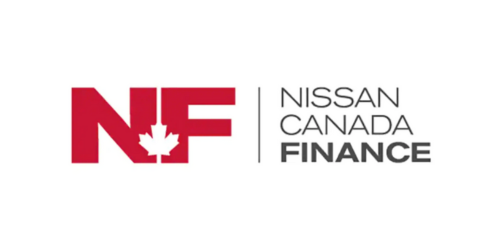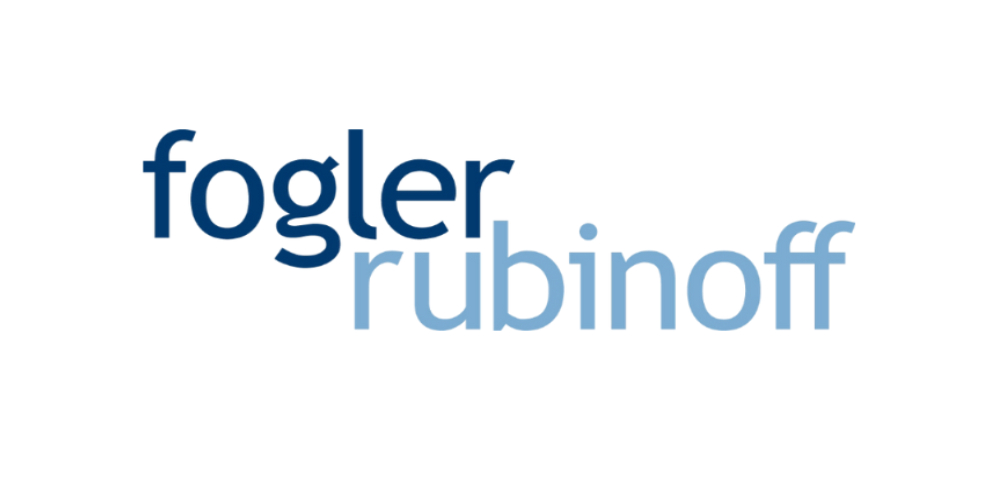Digital Dealers: Financing in the Age of Online Car Sales
Abstract: This keynote panel, titled Financing in the Age of Online Car Sales, explored the evolving landscape of automotive lending in a digital world. Justin Jakubiak opened by emphasizing the shift toward online car buying, particularly among younger generations, and posed questions on how businesses can adapt. Dan Park highlighted that while most car purchases begin online, physical interaction remains essential. He noted that U.S. lenders leverage data more effectively than their Canadian counterparts, forecasting car values over time and employing advanced online tools for risk reduction. Lillian Dubois addressed the regulatory constraints in Canada, including the need for wet signatures and stringent KYC requirements, while acknowledging areas for improvement. Scott Morrison pointed out that despite digital advancements, the dealership sales model remains largely unchanged, with transparency still a challenge for consumers. The panel also debunked concerns about online security, with Dan Park arguing that digital transactions can be more secure than in-person ones. Looking ahead, the panelists agreed that the future of car buying will be an omnichannel experience, blending online and in-person processes for seamless and transparent transactions.
Justin Jakubiak: We are in a transformative time. None of us would say it’s an easy time, but it is certainly interesting. We all have to find ways to maximize opportunities—how to do more, how to serve customers better. No better way to explore this than through the lens of automotive lending, especially now, when car sales are increasingly moving online. Consumers expect it—just look at younger generations. They want to sit on their couch, buy a car, and secure financing with a few clicks. So, let’s discuss what that looks like for all of us.
Not to disrupt the mood, but—Dan, is America ahead of us? Can you share insights on consumer experiences in the U.S. compared to Canada?
Dan Park: The title of this discussion is Financing in the Age of Online Car Sales. First, we need to dispel the idea of online versus brick-and-mortar dealerships. The reality is, 95% of car transactions start online, and 100% of them end with some physical interaction. Until we invent teleportation, cars—being physical objects—will require some level of in-person engagement.
The key question is: Where does your business fall on the online-to-offline spectrum? Every dealership and lender has some online component.
In the U.S., lenders take greater advantage of data than we do in Canada. For example, they forecast a car’s value at default and at loan maturity, whereas Canadian lenders often focus only on the car’s current value. That’s relevant, but what really matters is the car’s value in three, five, or seven years.
Additionally, U.S. lenders have more advanced online tools—from ID verification to pre-approvals—creating a seamless process for customers while reducing lender risk. That’s an area where Canadian lenders have an opportunity to improve.
Lillian, from the banking perspective, what restrictions exist in Canada that make our process more cumbersome than the U.S.? For example, some lenders still require wet signatures or in-person meetings.
Lillian Dubois: Good morning, everyone. As banks, we are federally regulated and must comply with strict rules. It’s not that we want to slow things down—it’s about compliance and transparency. Fraud is a growing concern, so we must be cautious. Digital financing and online applications introduce efficiency, but auto-adjudication must be highly effective, or else too many resources are needed for manual reviews. Additionally, every province has different regulations—Quebec, for example, is unique in its own way. So, we proceed with caution to ensure we meet all regulatory requirements.
Are there some quick changes that could improve the market in Canada?
Lillian Dubois: Absolutely. As you mentioned, eliminating wet signatures would be a great first step. Know Your Customer (KYC) regulations sometimes slow down processes, but those could be streamlined as well. However, we must remain prudent.
Scott, from a consumer’s perspective, imagine I’ve never bought a car before. I don’t understand amortization, APR, or loan terms. If I shop online, what risks do I face?
Scott Morrison: First, let me say that I’m positioned well in this discussion—I represent the car company, not an independent dealer or a bank, so I’m less regulated. Our job is to sell cars.
Consumers today have access to all the information they need—APR, amortization, payments, and total cost—on every auto company’s website. The issue isn’t information; it’s transparency. Car buying has evolved technologically, but the sales process remains largely unchanged. If my grandfather, who passed in 1983, came back today, he wouldn’t know how to start a modern car, but he’d recognize the dealership sales process because it hasn’t changed since the 1950s. Despite online information, the dealership experience can still be frustrating. While most manufacturers now enforce transparency in pricing, dealerships may still add extra fees. Consumers need to be aware and assertive when negotiating.
Dan, what’s your response to the perception that online transactions are less secure?
Dan Park: It’s a misconception. It’s similar to how businesses hesitated to move to the cloud in the early 2000s, believing on-premise servers were safer. In reality, it’s much harder to break into a secure cloud data center than into an office with a local server. Similarly, digital auto lending can be more secure than in-person transactions. We use digital signatures and facial recognition—both are more reliable than a wet signature. Online security tools, such as ID verification, make fraud detection much stronger than in a traditional dealership setting.
Scott, financing is a major revenue stream for dealerships. How will moving online impact that?
Scott Morrison: Most dealership profits come from financing, not vehicle sales. Dealers are hesitant to give that up, but online financing transparency is growing. Some dealerships are testing one-price models—what you see online is what you pay in-store, eliminating backroom negotiations. Change is slow, but it’s happening. Dealers must adapt to transparency to stay competitive.
Final thoughts—where do you see the industry in four to five years?
Lillian Dubois: The industry is fast-paced. Newcomers, regulations, and technology continuously reshape it. Lenders must stay resourceful, compliant, and adaptable.
Scott Morrison: This is the best time in history to buy a car—and it will only improve. Consumers are driving change, demanding transparency and convenience. The future is a seamless omnichannel experience where customers can start and complete purchases online or in-store with no friction.
Dan Park: My vision: A customer selects a car, gets full loan transparency, and, with one click, has the car delivered the same or next day. To get there, we need better data use and aligned incentives between lenders and dealers.
Thank you all for this insightful discussion. Let’s continue driving innovation and taking our businesses to the next level. Thanks, everyone!
Sign up for our 2026 Summit Series






